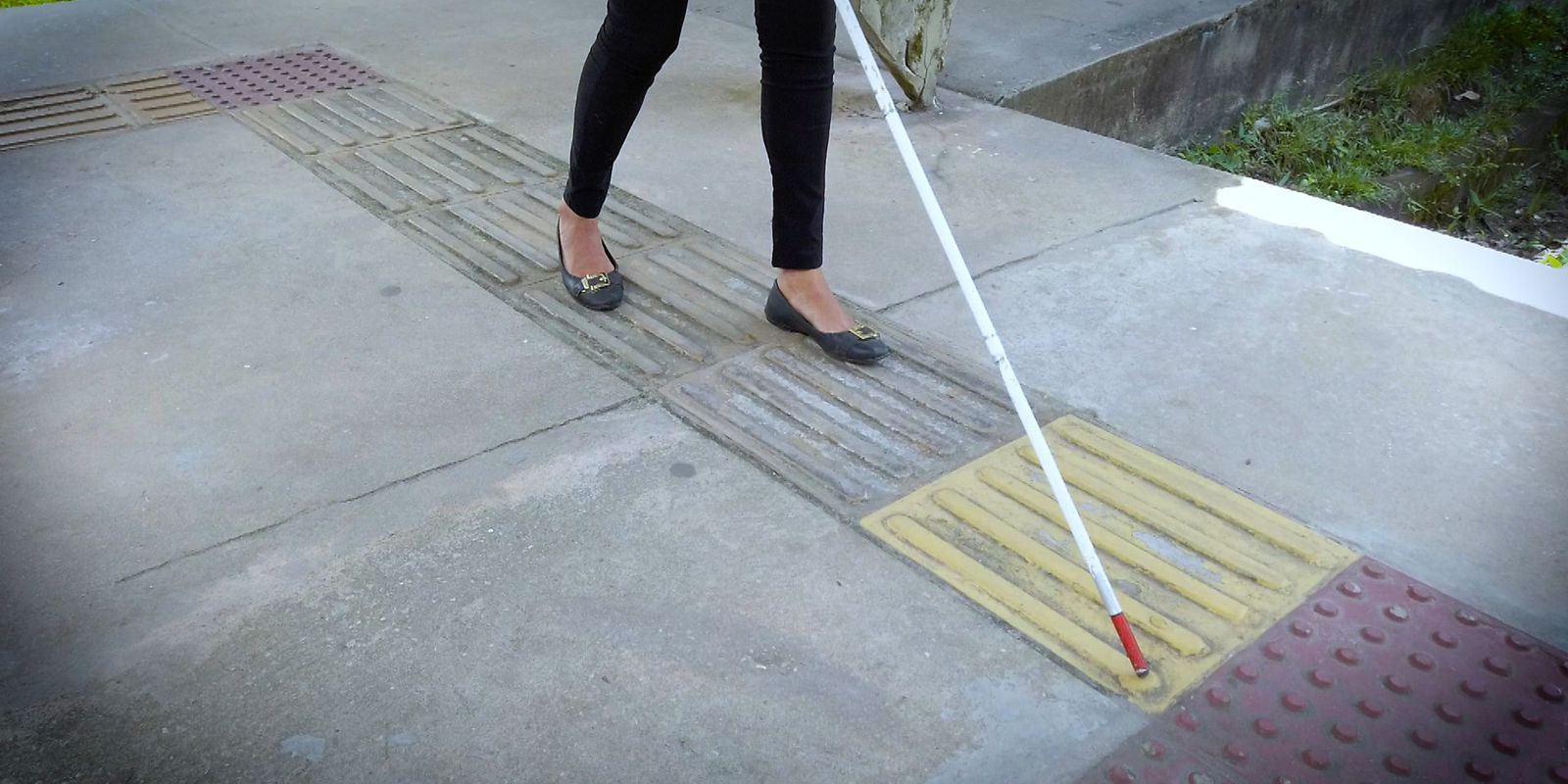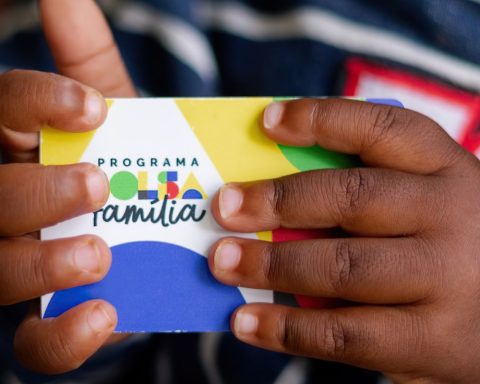In 2019, people with disabilities had much lower participation rates (28.3%) and formalization (34.3%) than those of people without this condition (66.3% and 50.9%). %, respectively). The unemployment observed in this group (10.3%) was higher than that observed among people without disabilities (9%).
The data are from the publication People with disabilities and social inequalities in Brazil (PNS 2019), released today (21) by the Brazilian Institute of Geography and Statistics (IBGE).
According to research analyst Leonardo Queiroz Athias, entering the job market, especially in formal occupations with greater benefits in terms of income and social protection, is a challenge for people with disabilities, who must deal with several obstacles. , such as the inadaptation of spaces, both in the workplace and when commuting.
“People with disabilities look for work, but find it difficult to find an occupation, as there is little acceptance by employers, prejudice, little accessibility to get to the place and little accessibility. The jobs they get, in general, are of worse quality, with less protection and a lower rate of formality”, said the researcher.
income
Inequality is also reflected in earnings, according to the publication. In 2019, people with disabilities had an average monthly income of BRL 1,639, while workers without disabilities received, on average, BRL 2,619.
“It is noteworthy that people with disabilities received lower values in all groups of economic activities and were more concentrated in those with relatively lower average incomes, such as domestic services, agriculture and accommodation and food”, says the research.
In 2019, 18.2% of people with disabilities were below the poverty line (with an income of less than US$ 5.5 per day). This percentage was 22% for people without disabilities. Among visually impaired people, 22.5% were below the poverty line.
The PNS 2019 identified 17.2 million people with disabilities aged 2 years and over, which corresponds to 8.4% of the population in this age group.
Disability is concentrated in older people: among those aged 60 or over, 24.8% had some kind of disability, while among those aged 2 to 59 this result corresponded to 5.1%. The profile of people with disabilities is more female (9.9%) than male (6.9%), and, in terms of color or race, more frequent among black or brown people (8.7%) than among people with disabilities. the white ones (8%).
In 2019, about 14.5 million households had residents with at least one disability, which represented 19.8% of Brazilian households, with the Northeast Region having the highest percentage (23.7%) and the Midwest, the highest percentage. lowest (16.5%). This index was higher in households in rural areas (23.5%) than in those located in urban areas (19.2%).
In Brazil, 55% of schools in the early years of elementary school were adapted for students with disabilities. In schools in the final years of elementary school, the proportion was 63.8% and for high school, 67.4%. In terms of territorial distribution, regional inequalities are relevant: only 33% of high schools in São Paulo, for example, were adapted, against 96.1% in Santa Catarina in 2019.
Only 58.2% of people with disabilities had simultaneous access to the three basic sanitation services (sanitary sewage, water through the general network and garbage collection). Among those without disabilities, this percentage was 62.4%.
In 2019, around 68.8% of people with disabilities had internet at home, while for people without disabilities this proportion was 86.1%.
















